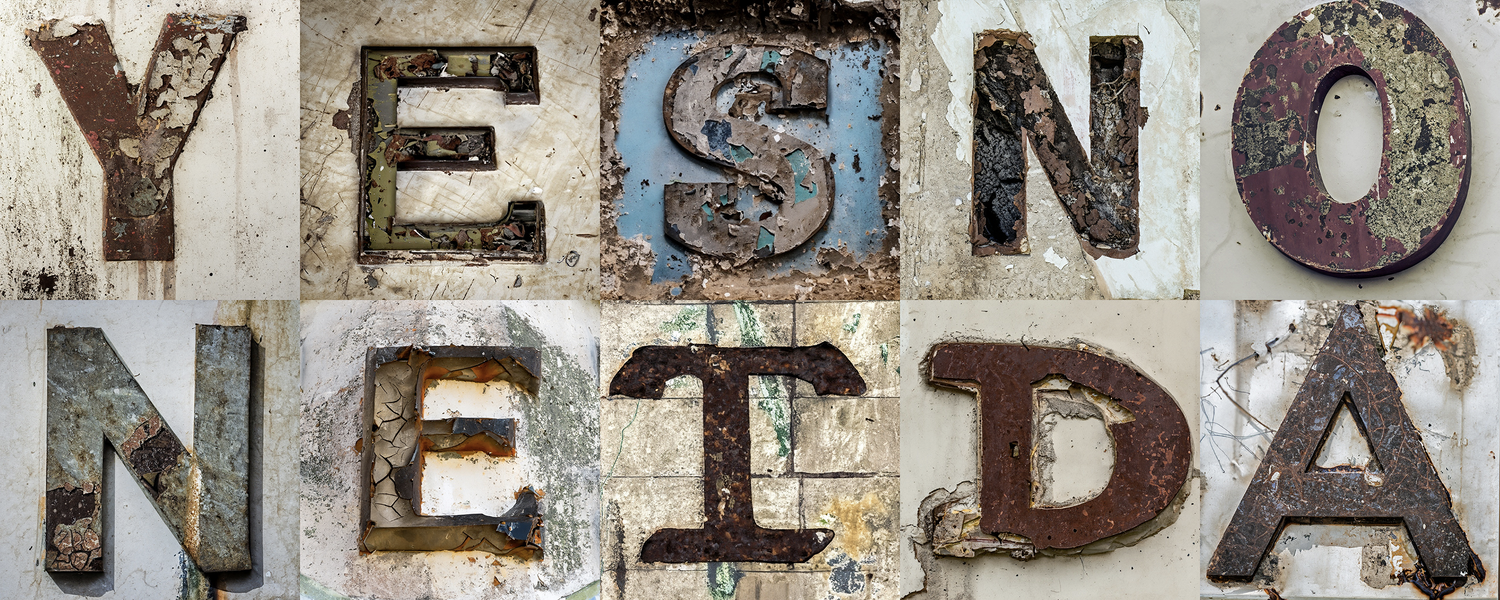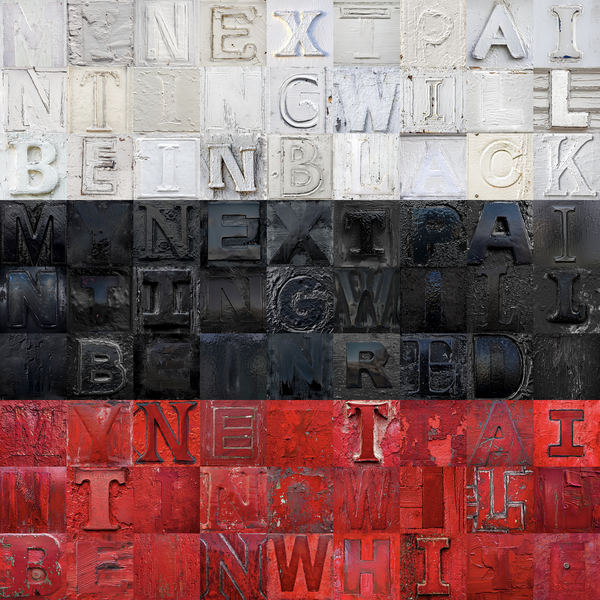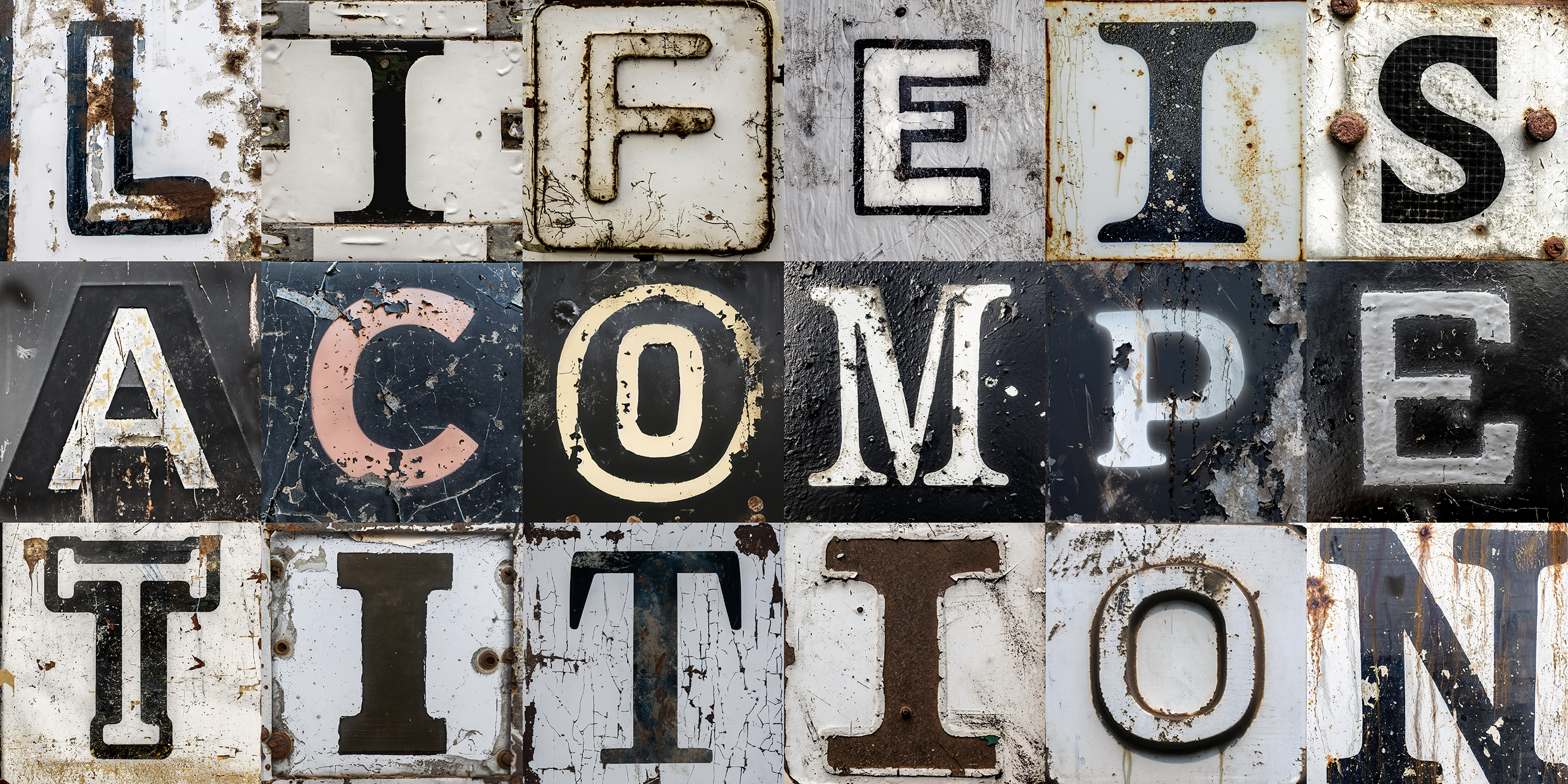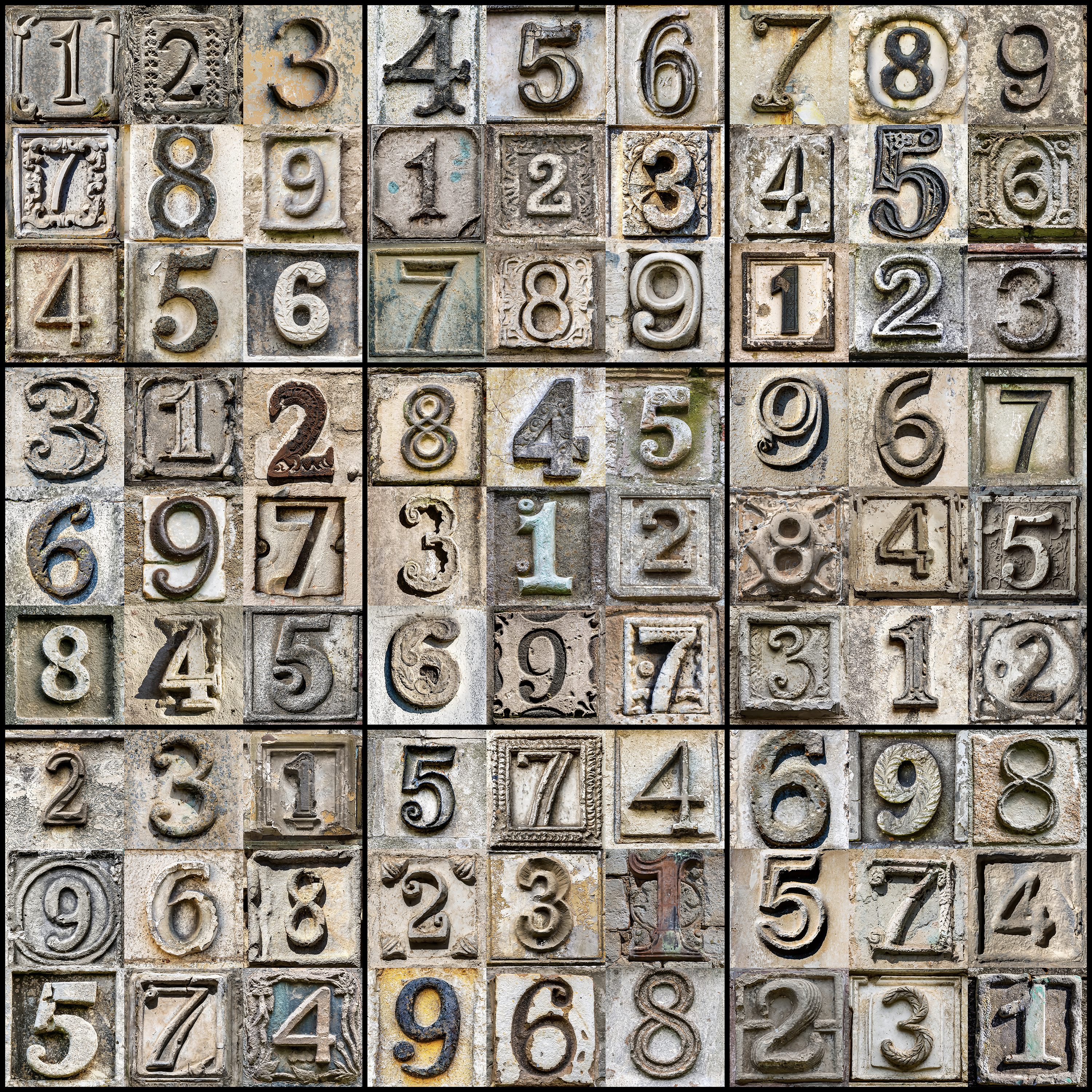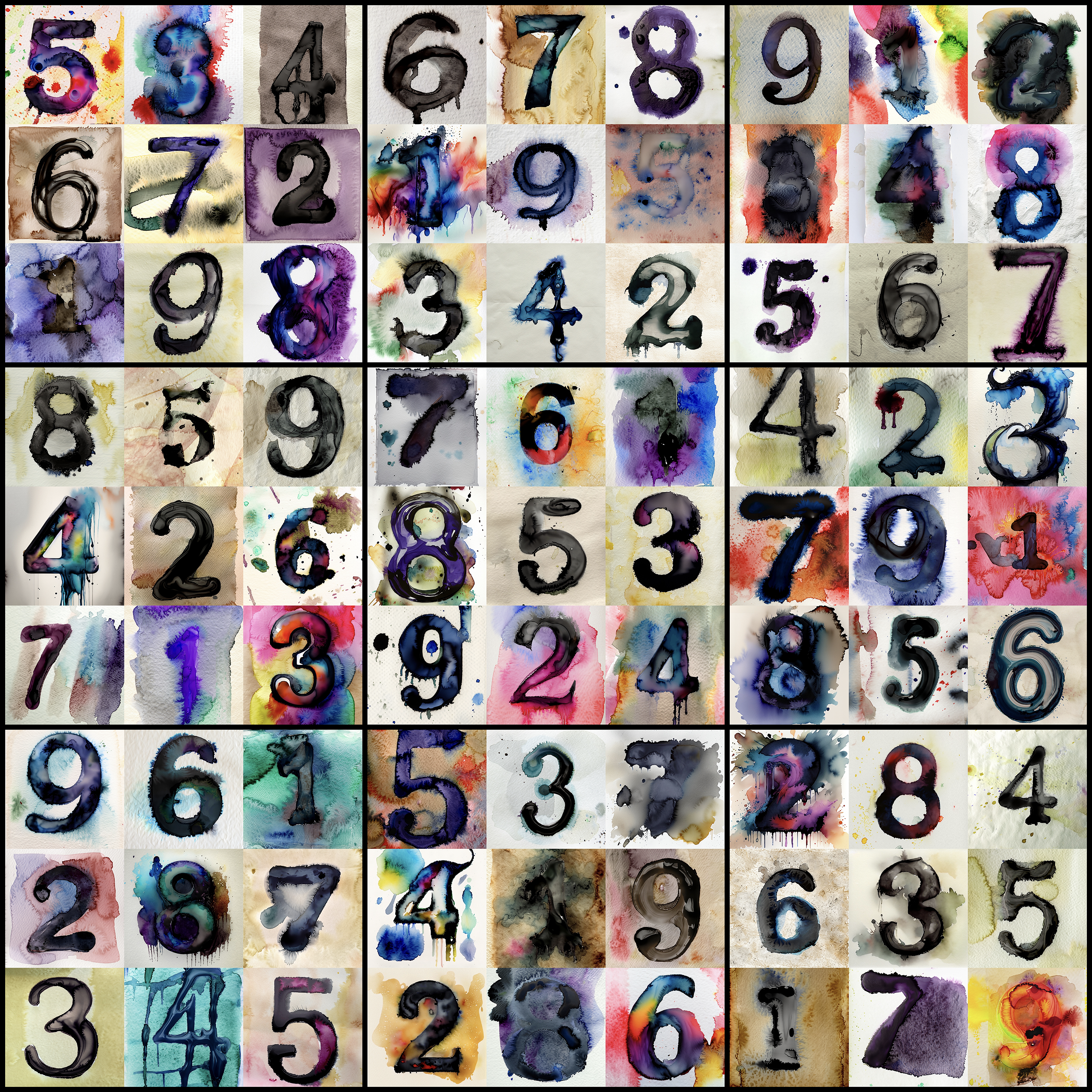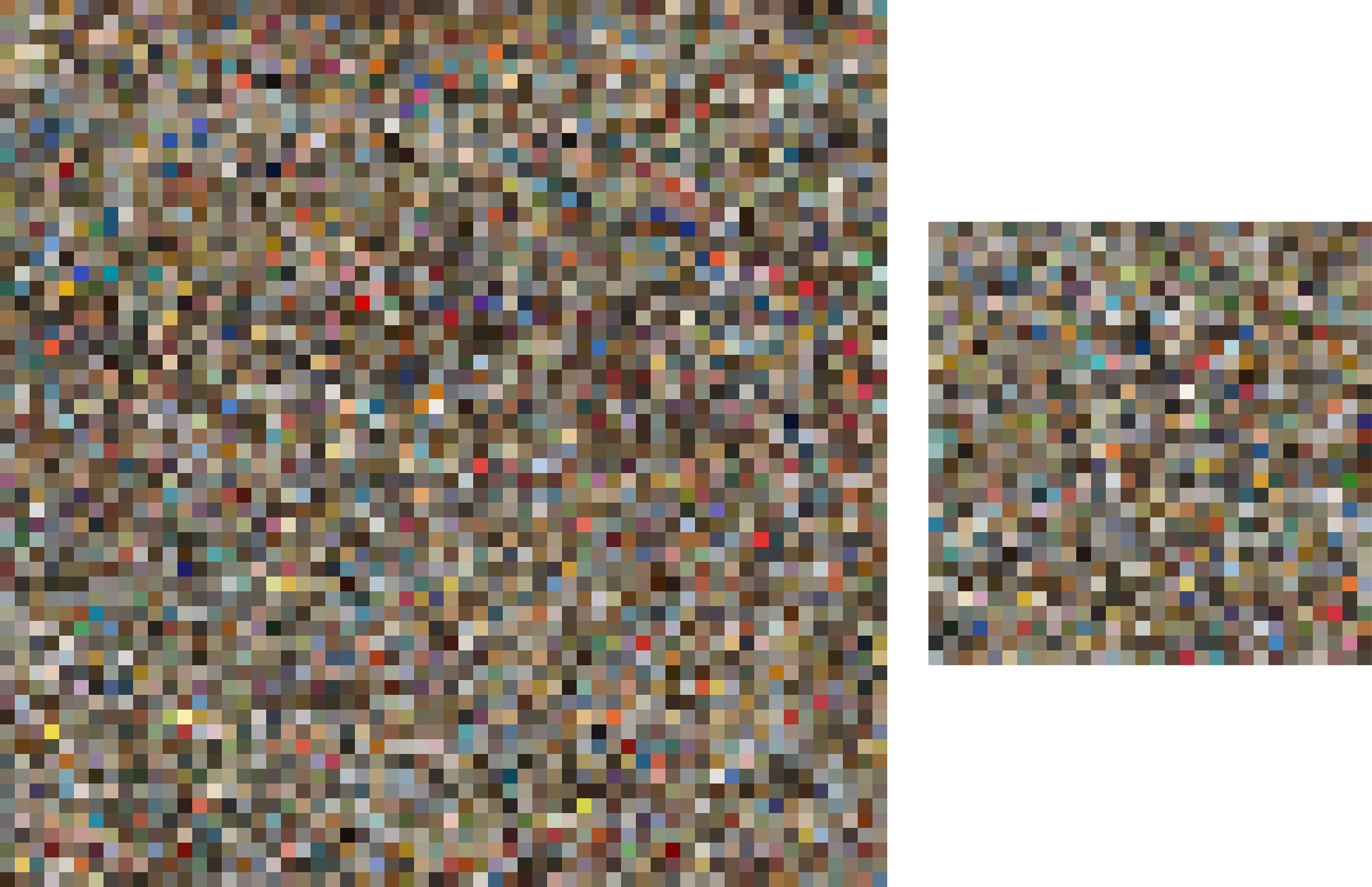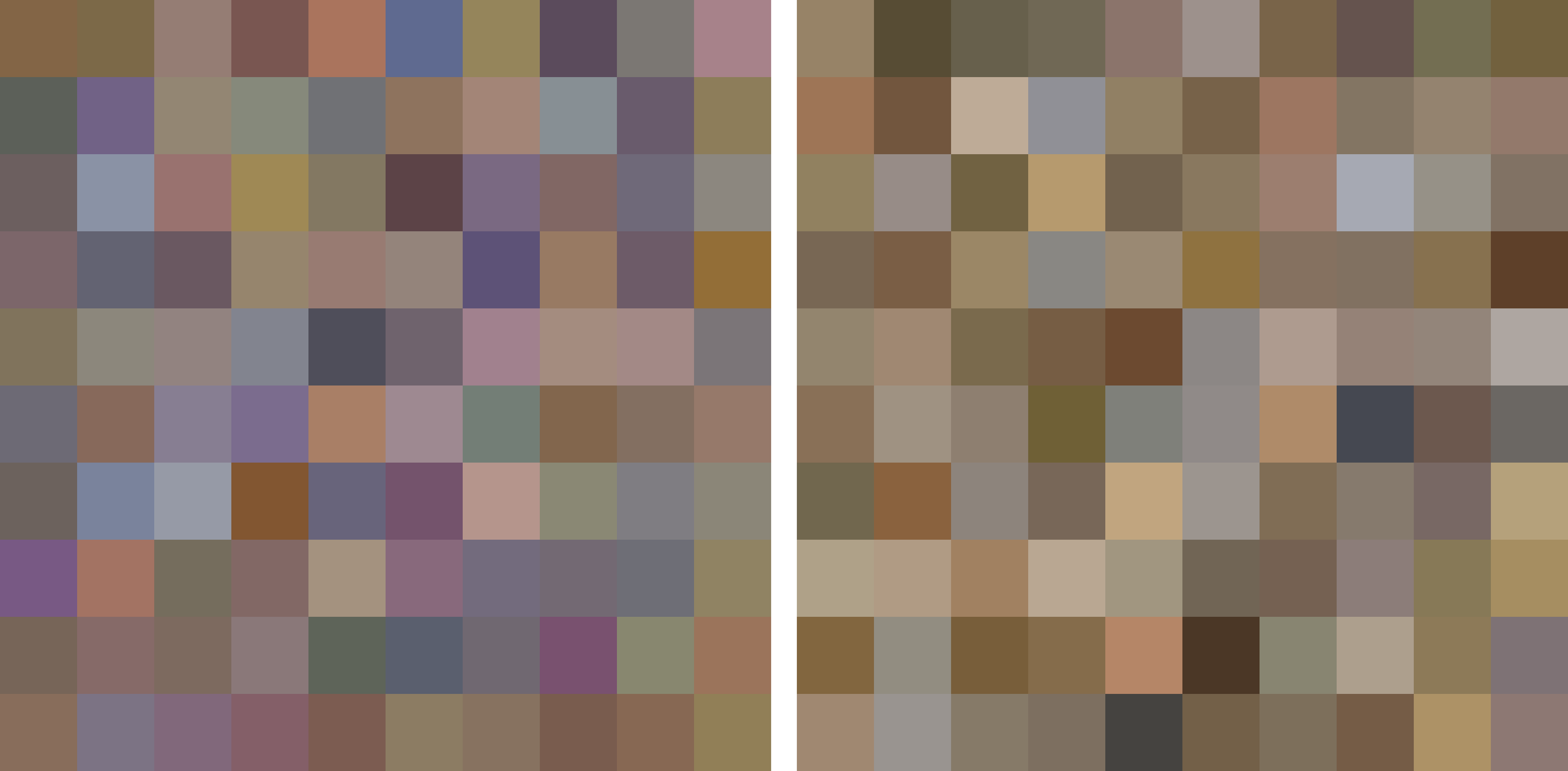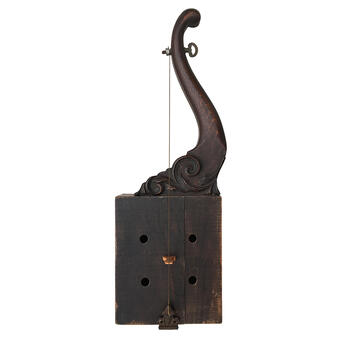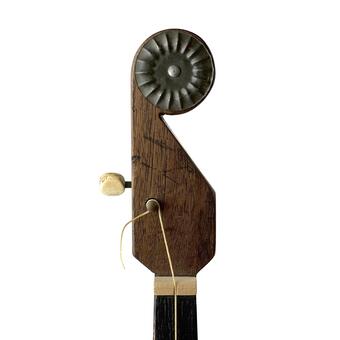About Genna

Genna Gurvich, a conceptual artist living in Baltimore, Maryland. He is a graduate of the Kiev (Ukraine) Institute of Applied Arts and Design and holds a master's degree in System Design from the St. Petersburg Academy of Arts and Industrial Design (Russia).
The primary interest in his practice, Genna Gurvich considers the interconnections and interdependencies in the history of art and culture as a whole. Utilizing computer algorithms, he creates a new visual panorama of these… more
Proof Collection, 2023-2024
Our life is accompanied by certain statements that influence our various decisions. These can be phrases or formulas. It often happens that we have to prove them again and again, proving to ourselves and to a new generation. Many of them are as old as the world but are refreshed with each new proof.
-
 Prompt Your Self, 2024, from The Proof Collection
Prompt Your Self, 2024, from The Proof CollectionOur life is accompanied by certain statements that influence our various decisions. These can be phrases or formulas. It often happens that we have to prove them again and again, proving to ourselves and to a new generation. Many of them are as old as the world but are refreshed with each new proof.
-
 Life is a competition, 2024, from The Proof Collection
Life is a competition, 2024, from The Proof CollectionOur life is accompanied by certain statements that influence our various decisions. These can be phrases or formulas. It often happens that we have to prove them again and again, proving to ourselves and to a new generation. Many of them are as old as the world but are refreshed with each new proof.
-
 In Gold we trust, 2024, from The Proof Collection
In Gold we trust, 2024, from The Proof CollectionOur life is accompanied by certain statements that influence our various decisions. These can be phrases or formulas. It often happens that we have to prove them again and again, proving to ourselves and to a new generation. Many of them are as old as the world but are refreshed with each new proof.
-
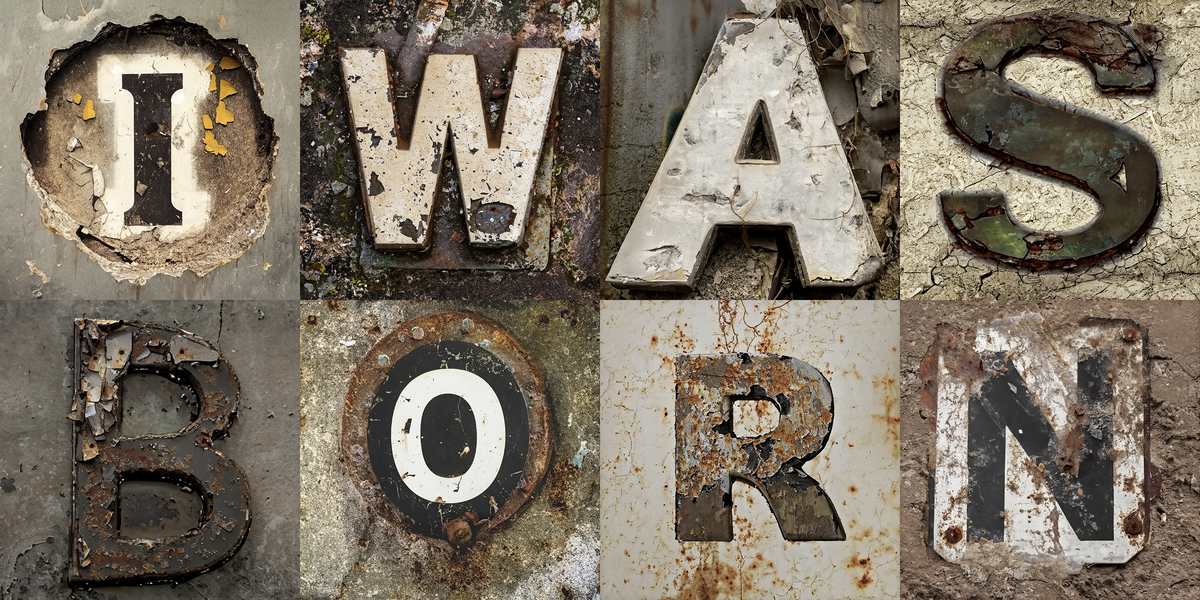 I was Born, 2024, from The Proof Collection
I was Born, 2024, from The Proof CollectionOur life is accompanied by certain statements that influence our various decisions. These can be phrases or formulas. It often happens that we have to prove them again and again, proving to ourselves and to a new generation. Many of them are as old as the world but are refreshed with each new proof.
-
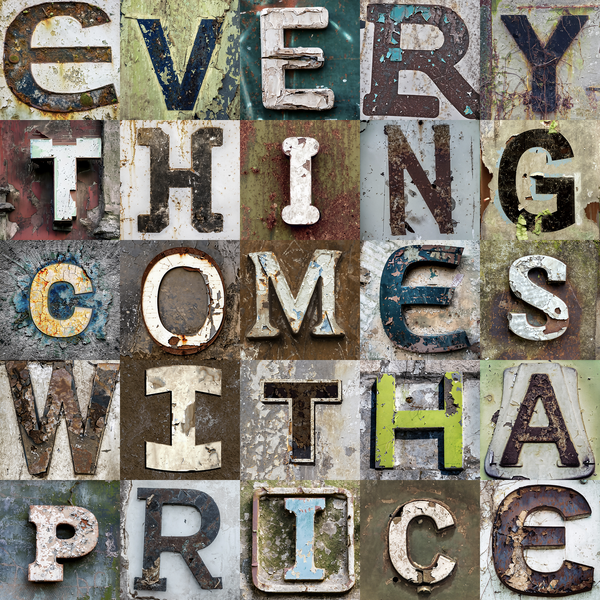 Everything comes with a Price, 2024, from The Proof Collection
Everything comes with a Price, 2024, from The Proof CollectionOur life is accompanied by certain statements that influence our various decisions. These can be phrases or formulas. It often happens that we have to prove them again and again, proving to ourselves and to a new generation. Many of them are as old as the world but are refreshed with each new proof.
-
 Thou Shalt not Kill, 2024, from The Proof Collection
Thou Shalt not Kill, 2024, from The Proof CollectionOur life is accompanied by certain statements that influence our various decisions. These can be phrases or formulas. It often happens that we have to prove them again and again, proving to ourselves and to a new generation. Many of them are as old as the world but are refreshed with each new proof.
-
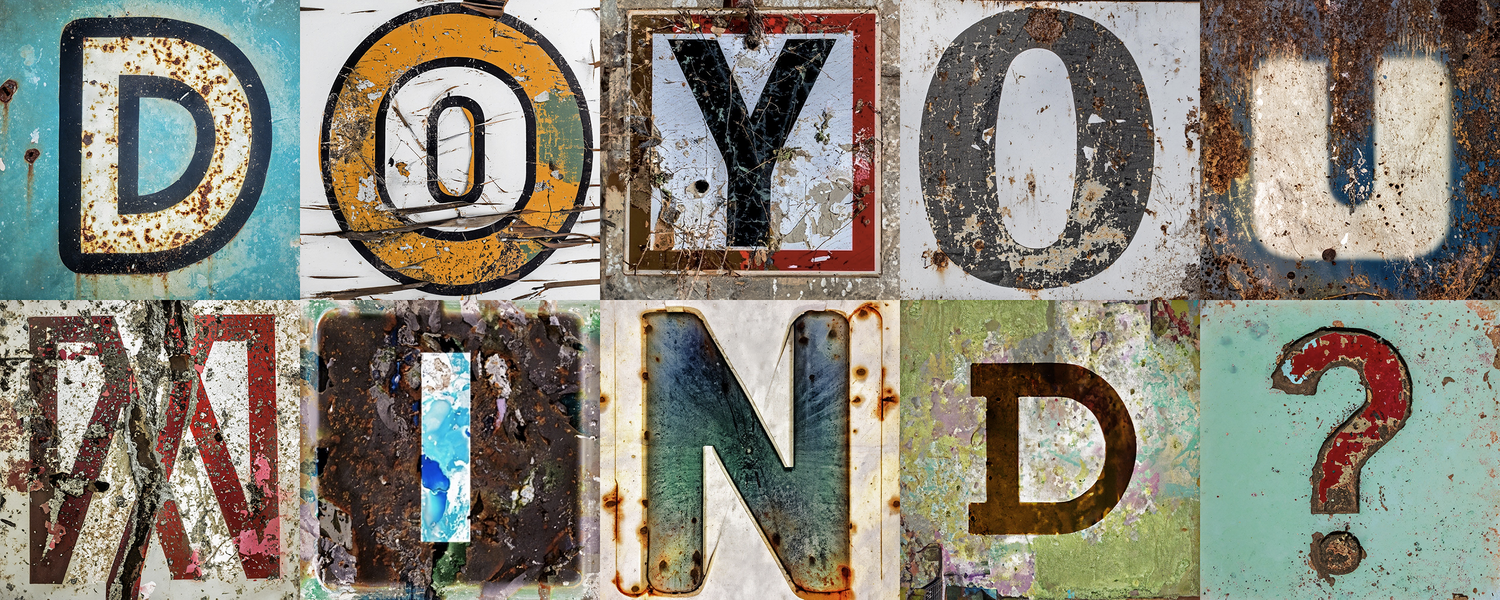 Do you mind? 2024, from The Proof Collection
Do you mind? 2024, from The Proof CollectionOur life is accompanied by certain statements that influence our various decisions. These can be phrases or formulas. It often happens that we have to prove them again and again, proving to ourselves and to a new generation. Many of them are as old as the world but are refreshed with each new proof.
-
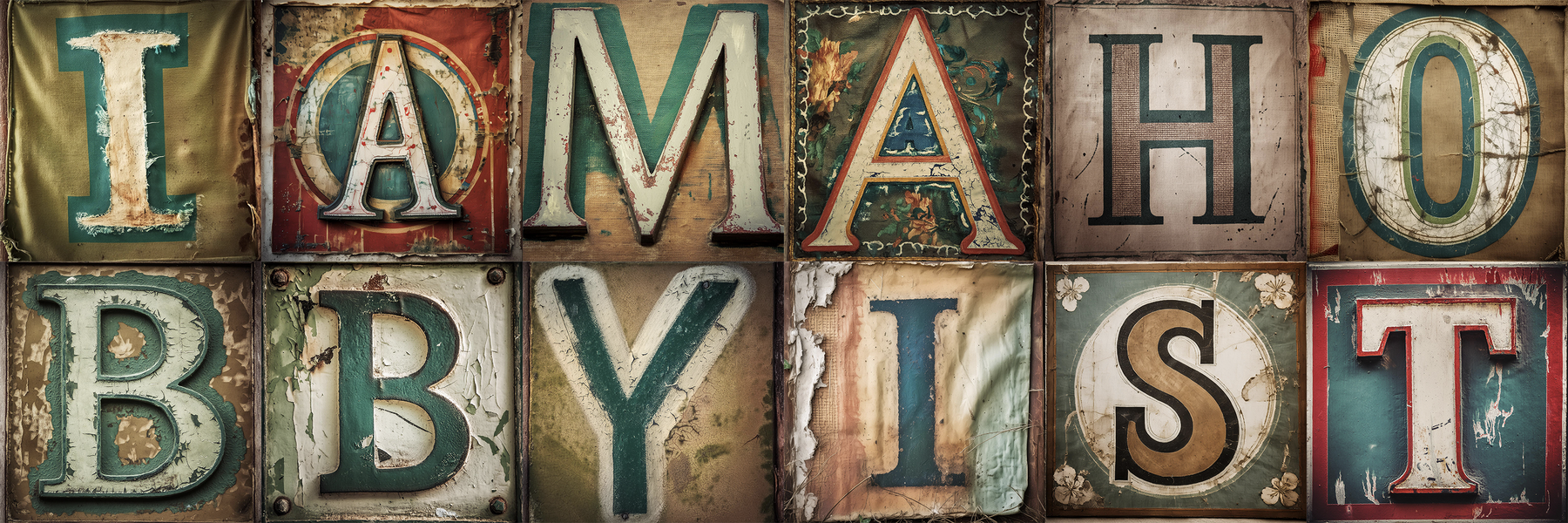 I am a hobbyist, 2024, from The Proof Collection
I am a hobbyist, 2024, from The Proof CollectionOur life is accompanied by certain statements that influence our various decisions. These can be phrases or formulas. It often happens that we have to prove them again and again, proving to ourselves and to a new generation. Many of them are as old as the world but are refreshed with each new proof.
-
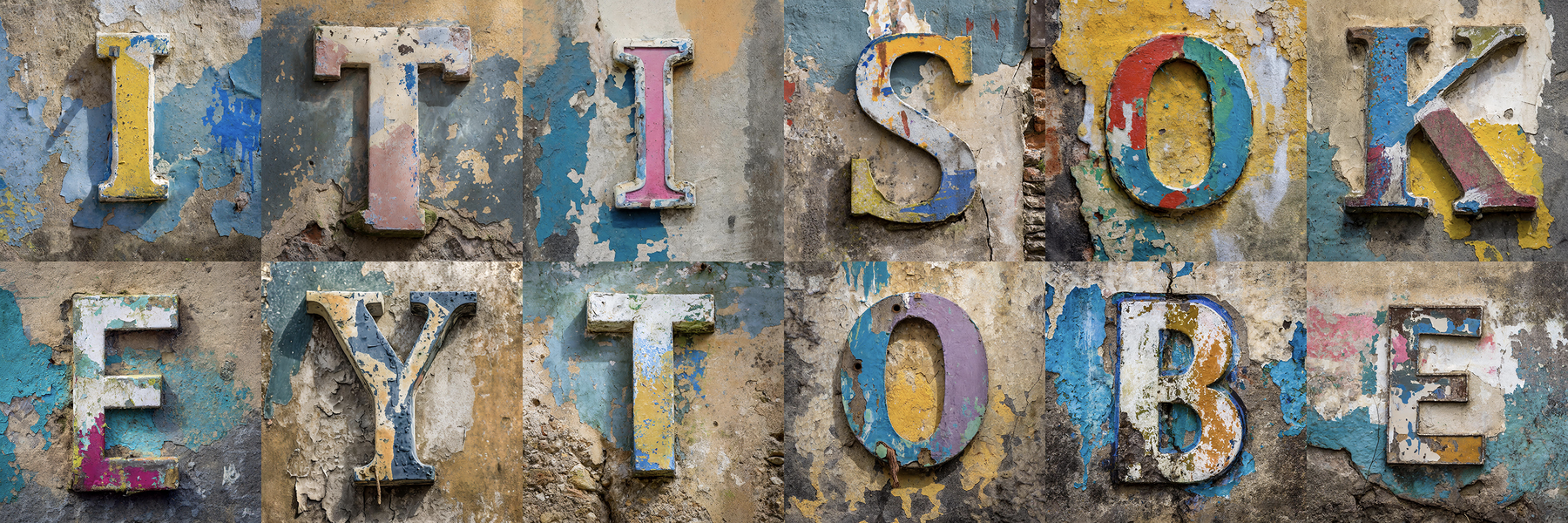 It is Okey to be, 2024, from The Proof Collection
It is Okey to be, 2024, from The Proof Collection -
 What were you thinking? 2024, from The Proof Collection
What were you thinking? 2024, from The Proof CollectionOur life is accompanied by certain statements that influence our various decisions. These can be phrases or formulas. It often happens that we have to prove them again and again, proving to ourselves and to a new generation. Many of them are as old as the world but are refreshed with each new proof.
Old Sudoku, 2023-2024
Number puzzles appeared in newspapers in the late 19th century, when French puzzle setters began experimenting with removing numbers from magic squares.
So claims Wikipedia. But I have a sense that this is a very ancient game. I want to make it ancient. I want to impart various qualities to it. Although I only have 9 digits at my disposal.
-
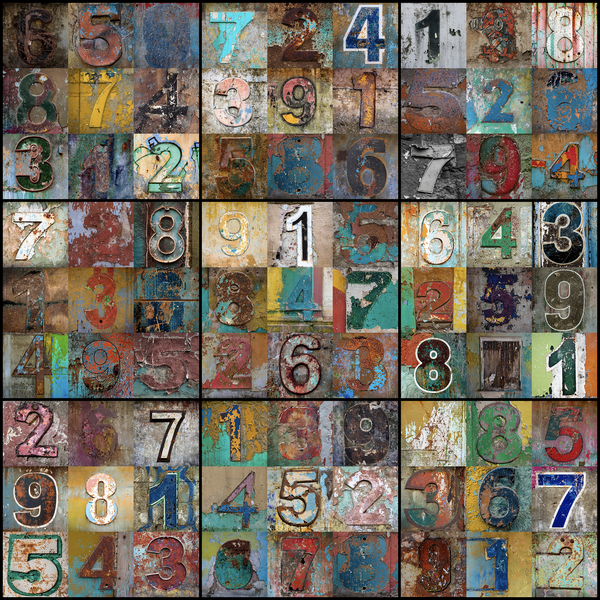 Old Sudoku 1
Old Sudoku 1Number puzzles appeared in newspapers in the late 19th century, when French puzzle setters began experimenting with removing numbers from magic squares.
So claims Wikipedia. But I have a sense that this is a very ancient game. I want to make it ancient. I want to impart various qualities to it. Although I only have 9 digits at my disposal.
-
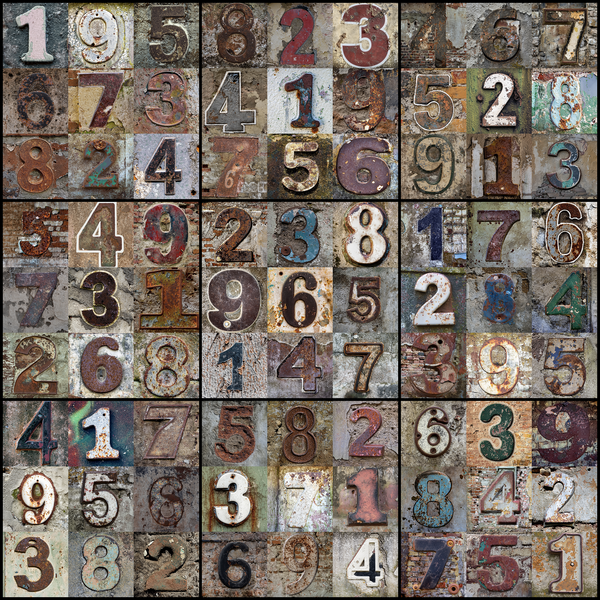 Old Sudoku 2
Old Sudoku 2Number puzzles appeared in newspapers in the late 19th century, when French puzzle setters began experimenting with removing numbers from magic squares.
So claims Wikipedia. But I have a sense that this is a very ancient game. I want to make it ancient. I want to impart various qualities to it. Although I only have 9 digits at my disposal.
-
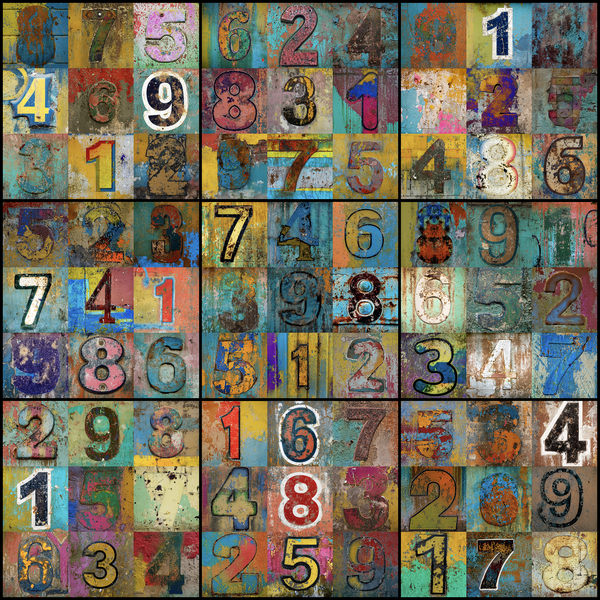 Old Sudoku 3
Old Sudoku 3Number puzzles appeared in newspapers in the late 19th century, when French puzzle setters began experimenting with removing numbers from magic squares.
So claims Wikipedia. But I have a sense that this is a very ancient game. I want to make it ancient. I want to impart various qualities to it. Although I only have 9 digits at my disposal.
-
 Old Sudoku 4
Old Sudoku 4Number puzzles appeared in newspapers in the late 19th century, when French puzzle setters began experimenting with removing numbers from magic squares.
So claims Wikipedia. But I have a sense that this is a very ancient game. I want to make it ancient. I want to impart various qualities to it. Although I only have 9 digits at my disposal.
-
 Old Sudoku 5
Old Sudoku 5Number puzzles appeared in newspapers in the late 19th century, when French puzzle setters began experimenting with removing numbers from magic squares.
So claims Wikipedia. But I have a sense that this is a very ancient game. I want to make it ancient. I want to impart various qualities to it. Although I only have 9 digits at my disposal.
-
 Old Sudoku 6
Old Sudoku 6Number puzzles appeared in newspapers in the late 19th century, when French puzzle setters began experimenting with removing numbers from magic squares.
So claims Wikipedia. But I have a sense that this is a very ancient game. I want to make it ancient. I want to impart various qualities to it. Although I only have 9 digits at my disposal.
-
 Old Sudoku 7
Old Sudoku 7Number puzzles appeared in newspapers in the late 19th century, when French puzzle setters began experimenting with removing numbers from magic squares.
So claims Wikipedia. But I have a sense that this is a very ancient game. I want to make it ancient. I want to impart various qualities to it. Although I only have 9 digits at my disposal.
-
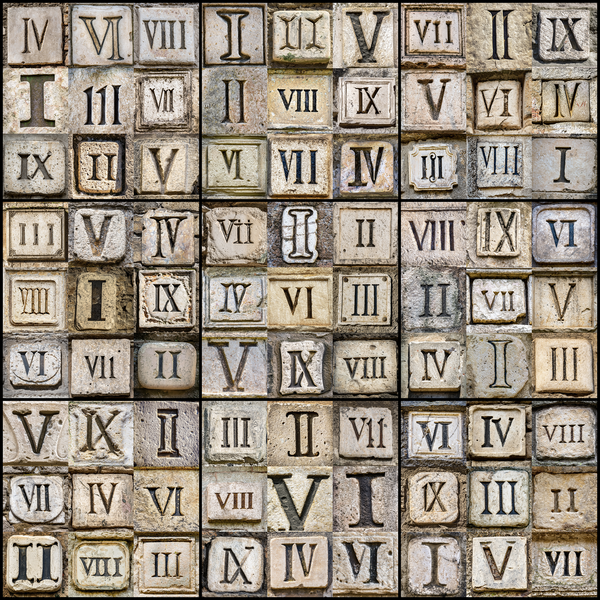 Old Sudoku 8
Old Sudoku 8Number puzzles appeared in newspapers in the late 19th century, when French puzzle setters began experimenting with removing numbers from magic squares.
So claims Wikipedia. But I have a sense that this is a very ancient game. I want to make it ancient. I want to impart various qualities to it. Although I only have 9 digits at my disposal.
-
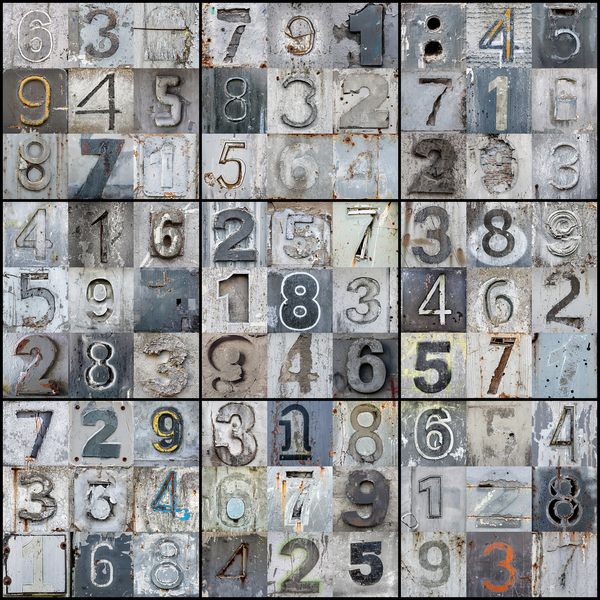 Old Sudoku 9
Old Sudoku 9Number puzzles appeared in newspapers in the late 19th century, when French puzzle setters began experimenting with removing numbers from magic squares.
So claims Wikipedia. But I have a sense that this is a very ancient game. I want to make it ancient. I want to impart various qualities to it. Although I only have 9 digits at my disposal.
Art History Project, 2015-2022
Imagine a special art history where each painting is represented by a single pixel, created by averaging the painting’s color palette. The uniqueness of each pixel lies in its almost unrepeatable color. In the digital world, the simplest color model contains 16.8 million color variations. This allows me to combine large arrays of pixels into compositions that reflect periods, collections, or art movements and compare their chromatic differences.I can pose both simple and complex questions that have not been asked before:
* Is there a difference between artists whose names start with the letter A and those with the letter Z?
* How do various art movements differ from one another?
* What are the unique features of museum collections?
* How do the color palettes in the paintings of men and women intersect?
* Are there noticeable differences between pre-war and post-war years?
* How does the color palette of an artist’s work change between youth and maturity?
* A comparison of official and unofficial art in the USSR and Nazi Germany.
* Is there a noticeable difference in the palettes of good and bad paintings (expensive and inexpensive)?
* Comparison of the color palettes of nations.
And so on…
-
 Volume A and Z
Volume A and ZFor the beginning, let's take artists whose last name starts with the letter A and select one painting of each artist (the first one in a Google search). Belonging to time, genre, art school and other color determining features will be completely excluded. The result is a 3600, or 60x60 pixel composition representing artists starting with the letter A. Now let's repeat the same with the letter Z. Here we have 900, or 30x30 pixels. But we see that the overall coloring remains unchanged. You can extrapolate the result and conclude that all other letters will give a similar flavor with a difference only in the number of pixels. Topic closed. Issue resolved. Is not it? 2015, 60x60 and 30x30 inches, archival pigment print on Exhibition fiber.
-
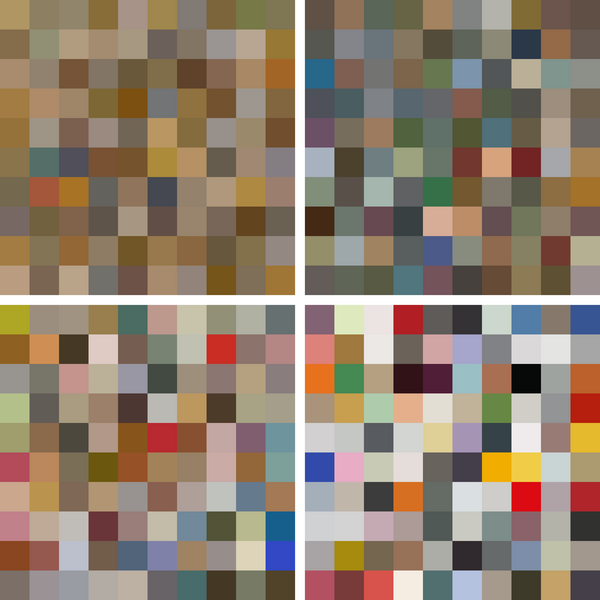 Byzantine, Surrealism, Pop, Minimalism
Byzantine, Surrealism, Pop, MinimalismLet's complicate the issue. How to highlight a large amount of work with any features that affect the result? The history itself suggests the principle of dividing artists by style. Let's compare Byzantine art, Renaissance, Baroque, Impressionism, Cubism, Fauvism, Conceptual art and other movements. The difference is clear and multifaceted. You can draw conclusions and analyze. 2020, 30x30 inches each, archival pigment print on Exhibition fiber.
-
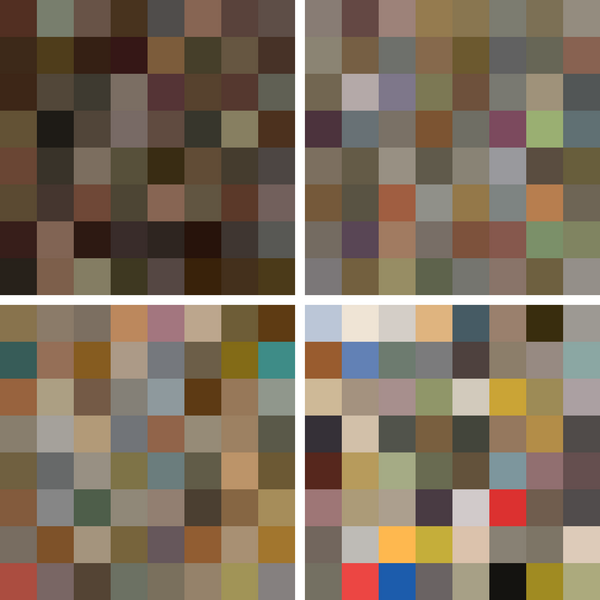 Baroque, Cubism, Dada, Conceptualism
Baroque, Cubism, Dada, ConceptualismLet's complicate the issue. How to highlight a large amount of work with any features that affect the result? The history itself suggests the principle of dividing artists by style. Let's compare Byzantine art, Renaissance, Baroque, Impressionism, Cubism, Fauvism, Conceptual art and other movements. The difference is clear and multifaceted. You can draw conclusions and analyze. 2020, 30x30 inches each, archival pigment print on Exhibition fiber.
-
 1913,1919 and 1938,1946
1913,1919 and 1938,1946How do wars affect art? Is there something in color that betrays a premonition of war and something that indicates war-weariness at the end of it? For the experiment, I used the years preceding and following the two great wars of the twentieth century: 1913, 1919 and 1938, 1946. Intuition suggested that the difference would be obvious, but the result surprised me. Perhaps the artists of the twentieth century did not reflect on real life as much as belonging to any art movement. 2022, 30x30 inches each, archival pigment print on Exhibition fiber.
-
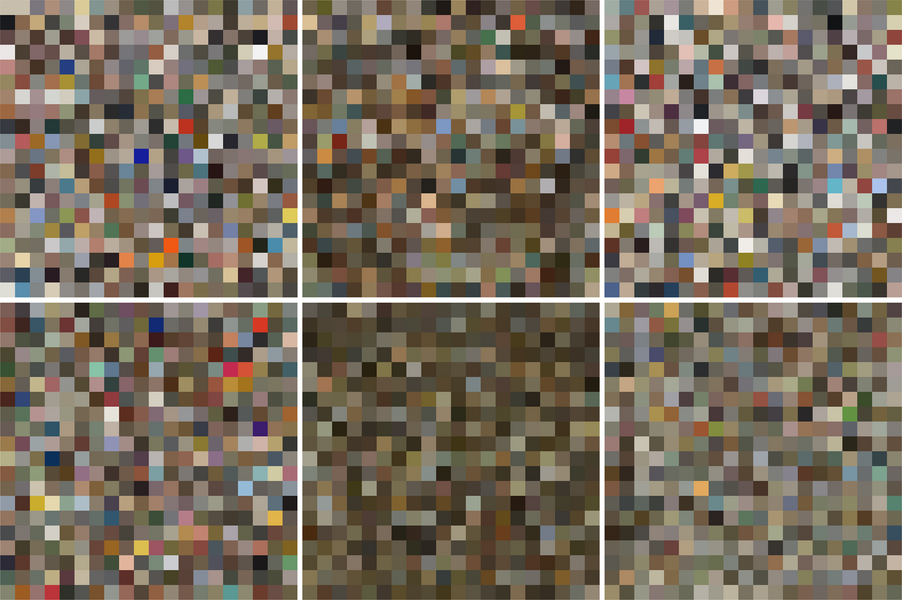 Guggenheim, Metropolitan, MoMA, Pompidou, Louvre, d'Orsay
Guggenheim, Metropolitan, MoMA, Pompidou, Louvre, d'OrsayMuseums. Do long-term collections, biases of different selection committees and curators affect the color of pixel compositions? For even greater “beauty” of the experiment, I choose 3 museums in New York (Metropolitan, Guggenheim, MOMA) and 3 museums in Paris (Louvre, d’Orsay, Center J. Pompidou). There is a difference. Not so striking. But it gives food for thought. 2022, 30x30 inches each, archival pigment print on Exhibition fiber.
-
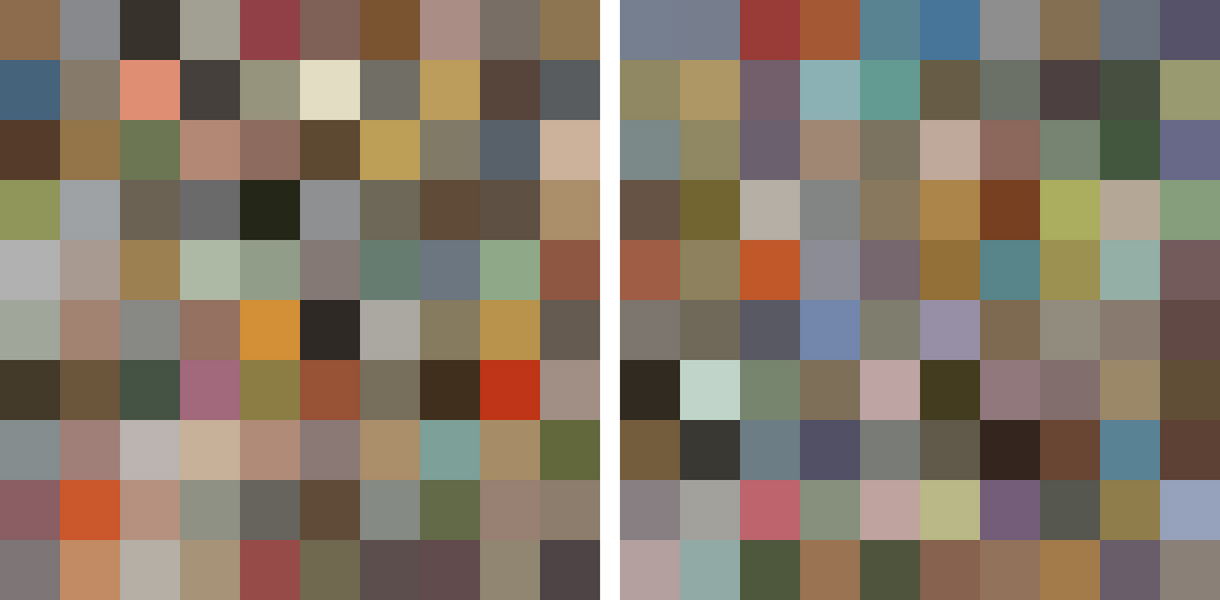 Most Expensive and Bad Paintings
Most Expensive and Bad PaintingsWorking on comparing the most expensive paintings (between $75 and almost $500 millions) and the bad paintings (official movement) in my project, I realized that the history of painting is a billion shades of gray. 2022, 30x30 inches each, archival pigment print on Exhibition fiber.
-
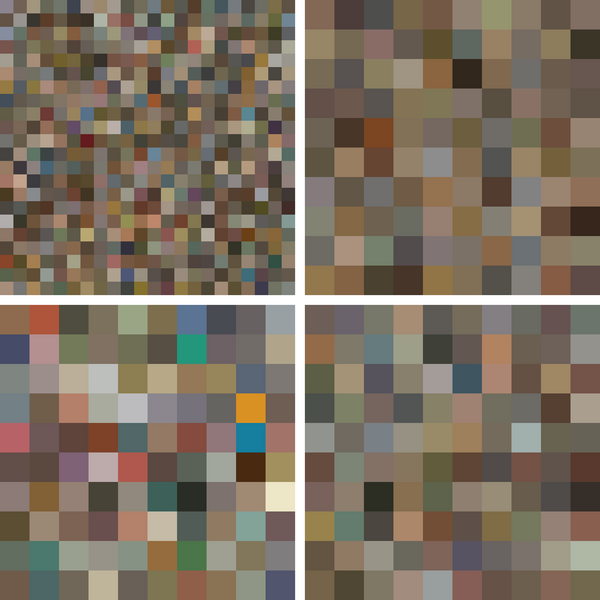 Degenerate, Nazi, Nonconformism, Soviet
Degenerate, Nazi, Nonconformism, SovietHow do political leanings affect art? Politicians classify artists as one group or another. We remember the "degenerate art" during the third Reich and can compare it with the official creations (small but manageable difficulty in finding work) of the same period. A couple of Soviet and nonconformist arts in the USSR is also interesting. Influence and very eloquently. 2022, 30x30 inches each, archival pigment print on Exhibition fiber.
-
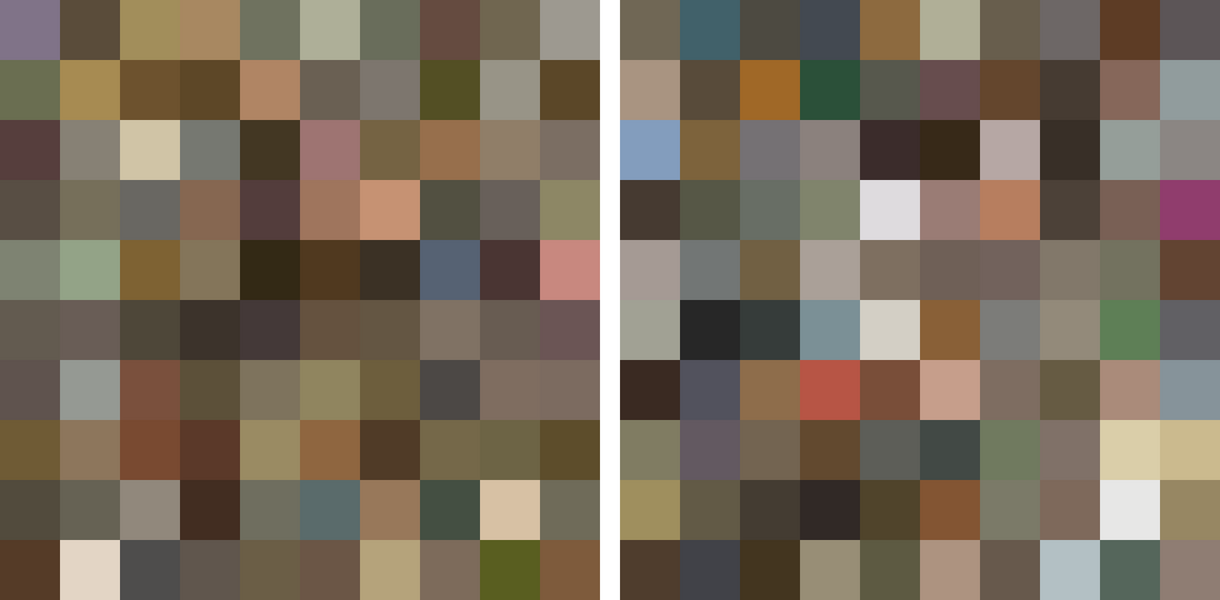 Art of Youth and Wisdom
Art of Youth and WisdomWe know many examples of the creative longevity of artists. Let's see how youthful enthusiasm is replaced by skill and wisdom. Each of the 100 artists is represented by one of their first and last works. 2022, 30x30 inches each, archival pigment print on Exhibition fiber.
-
 Stained Glass and Mosaic
Stained Glass and MosaicSpeaking about the influence on color in the history of art, one cannot avoid such an important topic as the material used by artists. In addition to tempera, oil paints, acrylic, we should pay attention to stained glass and mosaics. For an adequate result, I use the works of the classical period for these materials. Also, when working on stained glass windows, I remove the color of lead from the averaging, which almost always looks like black on photographs. 2022, 30x30 inches each, archival pigment print on Exhibition fiber.
-
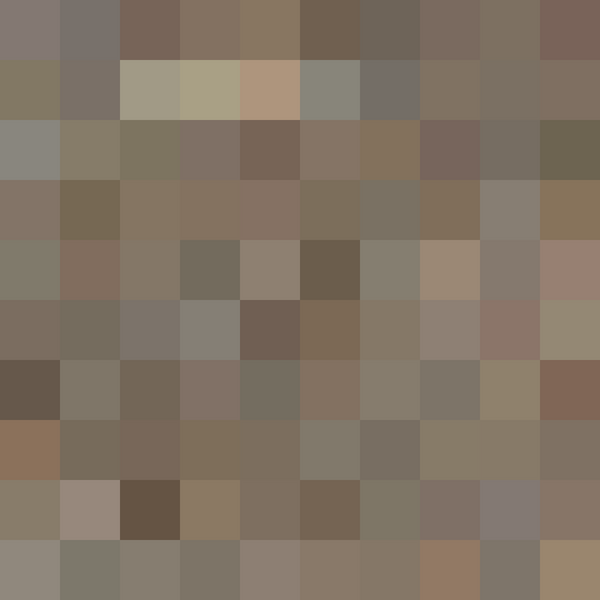 Art of Nations
Art of NationsIt is not about finding differences, but about identifying commonality of the color pixel, despite ... the differences of nations. In this case, it is necessary to comply a single algorithm for selecting pictures and their color averaging. The first is a selection of 100 countries with a sufficient number of artists in Google search. Second - each country is represented by 35-50 authors, one (the first in the search display) picture from each artist. Third - step by step averaging of each work, transforming into a same size pixel and averaging all 35-50 pixels into one, then placing them in alphabetical order. 100 (10x10) pixel-nations with fairly similar hues. Does this mean that there are national differences in general color? No, a more complete sample is needed for such verification. Perhaps we need all artists of every country and all of their works. Also this result will depend on the changes in color reproduction when working in Photoshop by millions of photographers and a displacement of this mass of photos across the expanses of Google. 2022, 30x30 inches, archival pigment print on Exhibition fiber.
The Periodic Table of Art Elements, 2021-2024
Having spent countless hours in my studio and not venturing out much during to the pandemic, I had the time to look toward art history and visual culture as reference points in developing a new project. Titled “The Periodic Table of Art Elements,” my intention was to breakdown and reconstruct an imagining of its various eras, trends, styles and individual artist works as neural networks, the manner by which information is decoded, interconnected, and made interdependent. My goal here was to identify and then fuse the random and disparate visual languages I discovered throughout art history and then remake them in my own visual, pixelated vocabulary. Much like the famed periodic table of chemical elements, my project, using a scientific approach, creates a logical display and expressive presentation of art history’s most iconic works. The result of which, is both alien and familiar as it engages audiences to see that ubiquitous history from a universal point-of-view.
-
 The Periodic Table of Art Elements
The Periodic Table of Art ElementsHaving spent countless hours in my studio and not venturing out much during to the pandemic, I had the time to look toward art history and visual culture as reference points in developing a new project. Titled “The Periodic Table of Art Elements,” my intention was to breakdown and reconstruct an imagining of its various eras, trends, styles and individual artist works as neural networks, the manner by which information is decoded, interconnected, and made interdependent. My goal here was to identify and then fuse the random and disparate visual languages I discovered throughout art history and then remake them in my own visual, pixelated vocabulary. Much like the famed periodic table of chemical elements, my project, using a scientific approach, creates a logical display and expressive presentation of art history’s most iconic works. The result of which, is both alien and familiar as it engages audiences to see that ubiquitous history from a universal point-of-view.
Available for Purchase -
 AbramovicAvailable for Purchase
AbramovicAvailable for Purchase -
 VermeerAvailable for Purchase
VermeerAvailable for Purchase -
 BasquiatAvailable for Purchase
BasquiatAvailable for Purchase -
 SuhAvailable for Purchase
SuhAvailable for Purchase -
 GoyaAvailable for Purchase
GoyaAvailable for Purchase -
 Chuck CloseAvailable for Purchase
Chuck CloseAvailable for Purchase -
 PollockAvailable for Purchase
PollockAvailable for Purchase -
 HokusaiAvailable for Purchase
HokusaiAvailable for Purchase -
 BecherAvailable for Purchase
BecherAvailable for Purchase

